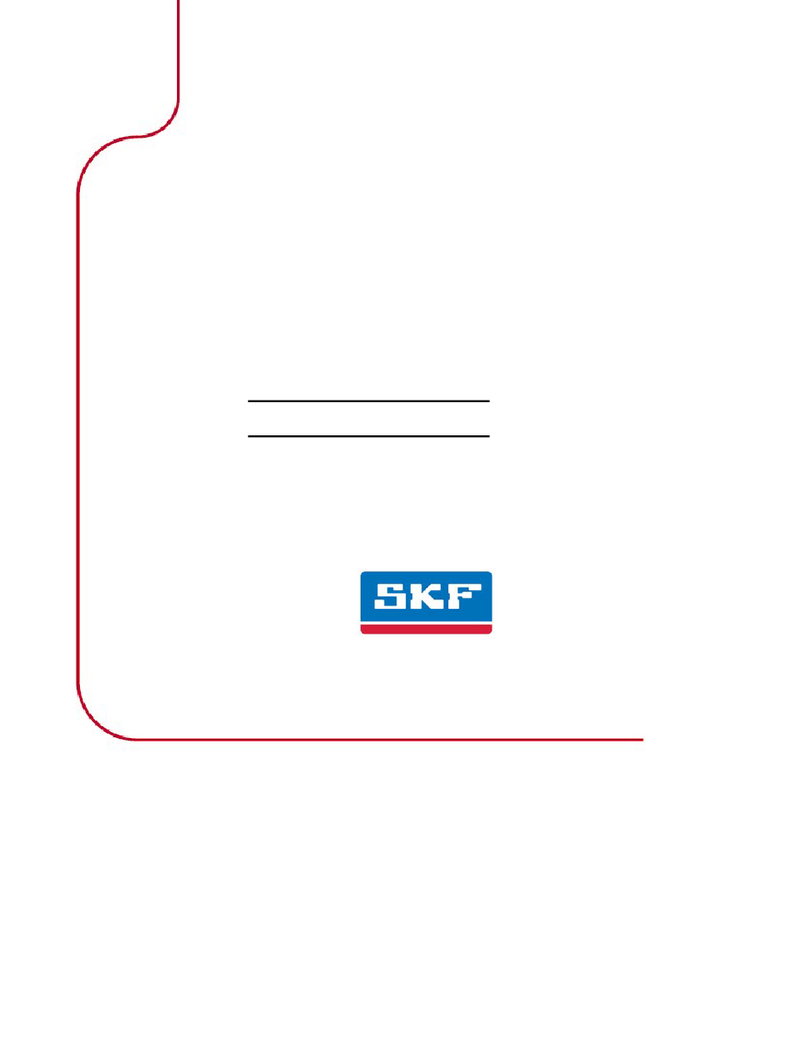
SKF Copperhead Transmitter Unit CMPT CTU 4-9
Dimensions/Front panel/Terminals
Instruction Manual
Dimensions/Front panel/Terminals
4
Front Panel Rotary Switches
Figure 4-2: Dimensions and front panel
FUNCTION switch legend
0 Velocity (ISO), 10 Hz – 1 kHz
1 Velocity, 2 Hz – 1 kHz
4 Acceleration Peak Hold, 1 second decay
5 Acceleration Peak Hold, 10 seconds decay
6 Acceleration RMS, 1 second decay
7 Acceleration RMS, 10 seconds decay
C Acceleration Enveloping 3 (ENV3), 1 second decay
D Acceleration Enveloping 3 (ENV3), 10 second decay
RANGE switch legend
0 Range 0, Accelerometer sensor input ON, Output averaging OFF
1 Range 1, Accelerometer sensor input ON, Output averaging OFF
2 Range 2, Accelerometer sensor input ON, Output averaging OFF
3 Range 3, Accelerometer sensor input ON, Output averaging OFF
4 Range 0, Accelerometer sensor input ON, Output averaging ON
5 Range 1, Accelerometer sensor input ON, Output averaging ON
6 Range 2, Accelerometer sensor input ON, Output averaging ON
7 Range 3, Accelerometer sensor input ON, Output averaging ON
8 Range 0, Buffered signal input ON, Output averaging OFF
9 Range 1, Buffered signal input ON, Output averaging OFF
A Range 2, Buffered signal input ON, Output averaging OFF
B Range 3, Buffered signal input ON, Output averaging OFF
C Range 0, Buffered signal input ON, Output averaging ON
D Range 1, Buffered signal input ON, Output averaging ON
E Range 2, Buffered signal input ON, Output averaging ON
F Range 3, Buffered signal input ON, Output averaging ON




























